-
Posts
1,151 -
Joined
-
Last visited
Content Type
Profiles
Forums
Articles
Posts posted by tupp
-
-
41 minutes ago, webrunner5 said:
Only camera you can really use most 16mm lenses on is the Original BMPCC and the Digital Bolex.
In addition, the Ikonoskop camera and the original EOSM can shoot with 16mm and/or S16mm lenses, plus there are many 2/3" cameras that can use 16mm lenses.
Also, I seem to recall seeing an Aaton S16mm digital camera at NAB awhile back.
-
1 hour ago, seanzzxx said:
This is a really nice testament to how resolution really has gigantic diminishing returns when it comes to perceptual image quality.
Not really.
In the first place, the development of this camera is in the beginning stages. They achieved first light just five months ago, and, apparently, there are only two guys working on it. This haphazard test footage is not meant to be a final demo of the camera -- it's way too early for that. These clips just show that the camera works and that some properties might have been improved.
Secondly, although I do not think that 8K is necessary nor desirable for 99.999% of filmmaking, no conclusions can be drawn from this footage. A controlled, side-by-side test is the way to discern and advantages/disadvantages of one format/camera over another.
1 hour ago, seanzzxx said:Manufacturers should be investing in things that actually matter such as color-depth, color-science and dynamic range.
Keep in mind that digital color depth (the first property that you mention) is primarily determined by two equally weighted factors -- resolution and bit depth. In other words, resolution has the same influence on color depth as does bit depth. The higher the resolution, the higher the color depth. So, an 8K image has more color depth than a 4K image.
Of the three properties that you mention, dynamic range (capture dynamic range) is most important to me. An unwanted camera-induced color tint can usually be fixed by merely white balancing or by moving a slider in grading software.
Not sure exactly what is meant by "color science." It seems to be exceedingly subjective how each of us define that term and how we individually perceive desirable/undesirable color.
1 hour ago, seanzzxx said:This footage looks like it was shot on a 2010 handycam, except with somehow worse color-science.
Again, it's way too early to conclude anything about the image quality of this camera, and they don't have John Toll on staff to shoot their test clips.
-
More sample footage:
It's hare do tell, but it looks like there could be IR pollution in some shots, and they probably have more work to do on the capture DR.
-
@Matt James Smith
Very nice! I think you've nailed the Super 8 look. The rolling shutter jitter when the camera shakes at the end is the only thing that hints the footage might be digital.
Nice job! Thanks for sharing the video and the settings!
-
33 minutes ago, Leica50mm said:
But, I already have the 4/3 to PL lens adaptors which are really nice.
There is a possibility that a M4/3 lens-to-EF-M adapter (which would accommodate your PL-to-M4/3 adapters) will appear in the near future.
Also, a used EOSM goes for ~US$180. Add US$125 for the PL-to-EOSM adapter and your total cost is US$305 -- significantly less than an Olympus E-M10 III.
-
On 10/3/2018 at 1:10 AM, youshouldtry11 said:
The lens finally came by, doesnt seems to be parfocal (adapter seems great), but there is a knob behind the aperture ring where you can adjust the glass elements... Tried different positions but it just doesnt seems to work as a parfocal ...
Might need to be shimmed for parfocal. Which lens and adapter did you get?
-
1 hour ago, Leica50mm said:
I wanted something to replace my Black Magic pocket camera for these old Zeiss s16s super speeds set I have . [snip] I really love these lenses and would really like a viable s16 camera. I also have a Zeiss s16 10-120 which is awesome to shoot with [snip] I also like the s16 look.
Consider the original EOSM with Magic Lantern. It can shoot 2520x1080, 12-bit lossless raw at a crop between 16mm and S16mm.
Here are two examples shot by our own @Alpicat:
https://www.youtube.com/watch?v=rQFKXUS-9V0
https://www.youtube.com/watch?v=K2cEQLVQM78
This resolution (2520x1080) requires the ML SD card hack, which is slightly tricky to set-up -- you have to use the right SD card. On the other hand, there are lower resolutions at that crop (between S16 and 16) that don't require the SD card hack.
Of course, there are many other ML raw (and non-raw) possibilities with the EOSM, such as 1736x1120, 14 bit lossless raw utilizing the full height of the EOSM's APS-C sensor (another @Alpicat example).
A used original EOSM costs around US$180 right now, but the numbers of EOSMs offered are dwindling. Also, there are several PL-to-EF-M adaptors, including some that tilt.
-
-
8 hours ago, BTM_Pix said:
I think EF has definitely become the "safety" mount to have lenses in.
The Nikkor F mount is safer, as it has a greater flange focal distance.
It can be adapted to almost any camera with an EF mount or shallower.
Furthermore, it is impossible to mount some lenses with EF mounts onto the EF speed boosters, while those same lenses with Nikkor F mounts can be mounted to the Nikkor F speed boosters (supposedly because of the EF speed boosters have an EF-S blocking flange).
Of course, lenses with EF mounts cannot be properly adapted (without extra optics) to cameras/adapters with Nikkor F mounts.
To ensure the most possible camera/lens combinations, the basic rule of thumb is that cameras should have the shortest possible flange focal distance while lenses should have the longest possible flange focal distance.
-
The Nikkor F mount has slightly longer flange focal distance than the Minolta MD mount. So, it might be best to get a focal reducer that attaches a Minolta Lens to a Fuji camera, and then figure out a way to temporarily attach (and coarsely shim) a Nikkor mount to that focal reducer.
Or, just buy two focal reducers -- one for Minolta to Fuji and another for Nikkor to Fuji.
-
This is exciting!
On the other hand, there have been concerns about Fuji's previous compression engine givng false, waxy colors, so I hope this latest iteration has overcome some of those issues. If camera manufacturers would just implement a small raw video tap on these cameras, it would allow us to deal with most such issues ourselves (as the linked article demonstrates a raw still fix using a Darktable demosaicking algorithm and chroma filters).
It should also be noted that, by its nature, the X-Trans color array yields less color information than a Bayer array, and X-Trans is not immune to moire.
1 hour ago, amanieux said:this 3:2 is coming from film era and no longer makes any sense as people are no longer printing photos on paper, new sensors should be 16:9
As I recall, the only standard 2x3 print aspect ratio was 4x6 (in the USA). The rest were 5x7, 8x10, 11x14, 16x20 and 20x24.
-
Nice rig!
Definitely loose the gimbal on a simple hood mount.
Also, you really should safety your rig with a motorcycle strap or ratchet strap. For your small setup, you probably need only one strap going across the hood, hooking into opposite wheel wells. Here is an example of a larger rig with straps:

 3 hours ago, zerocool22 said:
3 hours ago, zerocool22 said:I am scared to ruining the paint of my cars
In the above car rig images, note the padding where the buckles/hooks make contact with the car body. I would also add soft "groovetyne" fabric scraps at any point at which the the strap webbing contacts the car's body.
For a small camera hood rig, I usually avoid suction cups and instead use a simple pancake (1/8 apple box with baby plate) with groovetyne or neoprene underneath:

There are plenty of inexpensive tilting heads with 1/4"-20 camera threads that fit on the baby pin. This pancake rig is usually secured with two straps and possibly a sandbag (if there is wobble).
One more thing about shooting in a car in which an actor is actually driving -- avoid busy streets! The actor is constantly trying to be the character, which can significantly distract him/her from noticing other cars, pedestrians and road hazards. Having a "spotter" car ahead of the picture car can provide extra safety and can govern the speed (slow speeds often look faster in the footage, so there is usually no need to "press the pedal to the metal").
-
On 8/7/2018 at 1:20 AM, youshouldtry11 said:
(I won't shoot RAW video as it seems relatively unstable)
I don't think that this is true in all raw modes on the EOSM. My understanding is that raw on the EOSM in the lower res crop modes (which you seem to seek) is stable and can work without over-cranking the SD card.
Perhaps @Alpicat could enlighten us further on this matter.
 13 hours ago, youshouldtry11 said:
13 hours ago, youshouldtry11 said:It looks like a very clean cameflex mount with the end flanges removed. Here is such a mount with the end flanges:
Here is the cameflex mount with no end flanges, but with a PL flanges:
Here is is a cameflex-to-Emount adapter:

-
5 hours ago, UncleBobsPhotography said:
When it comes to the mount blocking the sensor it's obvious that the flange distance is crucial. It shouldn't be necessary to point out that scenario is completely different for a 100mm flange distance and the e-mount's 18mm.
To get to the point at which the throat diameter might "block" the sensor on full frame, the flange distance has to be significantly shallower and the throat diameter has to be smaller than those of an E-mount. It's not even close (so to speak) in this case, as full frame requires a 43.27mm image circle and the throat diameter of an E-mount is 46.1mm.
With the E-mount, there's plenty of room for IBIS and even for tilt/shift.
-
@ntblowz
The throat diameter of a lens mount usually has little to do with the size of the image circle from a lens. Consider an 8"x10" view camera:

That relatively small lens creates an image circle that fully covers the camera's 8"x10" film. Not only that, but it has an even larger image circle than required for 8"x10", because the lens has to allow for tilt, swing and shifts.
In addition, the hole in the camera's lens board is even smaller than the front element of the lens.
So, even though the lens mount is a small fraction of the size of an 8"x10" sheet of film, the lens has no problem covering an area of significantly more than 8"x10".
The same principle applies to smaller formats.
In regards to larger sensors being easier to stabilize than smaller sensors that have less mass, that is a misguided assumption. The lower a sensor's mass, the less work required form the sensor stabilization actuators.
Such an IBIS scenario is differs from the general principle that heavier cameras are more stable. With a simple heavier camera, the lens and sensor move together, so extra mass reduces overall jitter. However, with IBIS, the sensor has to be moved relative to the lens to compensate for overall jitter.
-
2 hours ago, IronFilm said:
That is probably why the rumor is it will be a very shallow 16mm
16mm?! That would be great!
-
The latest development with ML and the EOSM is that one can shoot raw with the full height of the sensor -- and it looks fairly clean (minimal moire/aliasing). The resolution is 1736x1120, and I think that the pixels are binned 3x3.
Here's @Alpicat's test at 14-bit lossless raw:
Here are the instructions on how to setup the EOSM in this new crop/resolution.
-
On 7/23/2018 at 1:09 PM, Danyyyel said:
That's not knowing Nikon and in its history.
I know a little bit about Nikon and its history. I was a charter member of NPS, and I've owned Nikon equipment probably for longer than most of the posters of this forum have been alive.
On 7/23/2018 at 1:09 PM, Danyyyel said:They take pride in there lens design and heritage and they consider them foremost as an optical company.
The first tab on the Nikon USA website takes you to their cameras.
On 7/23/2018 at 1:09 PM, Danyyyel said:They don't want you to adapt Sony or whatever company lens, they want their native lens on their camera.
Of course, all camera manufacturers would like to sell their own lenses, but there can be no doubt that Sony, Canon, Panasonic and Olympus benefit greatly from all of the other lenses, adapters, focal reducers, etc. that can work with their shallow mounts.
If Nikon puts an even shallower mount on their new camera, they will additionally enjoy the possibility of using even more lenses than Sony, Canon, Panasonic and Olympus. Like I said, if Nikon is smart, it recognizes such an advantage, and it will offer such a shallower mount.
-
If Nikon is smart, the new mount will have a shorter flange focal distance than the E-mount/EF-M-mount/Fuji-X-mount.
-
This guy apparently has an opinion about the possible Nikon auto-focus adapter for this camera:
Interesting that the linked patent drawing seems to indicate a mirrorless mount that has a smaller throat diameter than the F-mount.
-
The difference between Nikkor AI and AI-S lenses seems to be primarily in the action of the rear aperture lever for auto-exposure. I think AI'd lenses are non-AI lenses that have been converted to AI, merely by changing the aperture ring.
All of the lenses that you list are excellent, but the Nikkors have the longest flange-focal distance. Consequently, the Nikkors will work on more cameras, adapters and focal reducers. The speed of a Nikkor 50mm 1.4 could be helpful when shooting darkly lit dance performances, and you'll get an extra stop (and a full-frame look on your a6500) with the addition of a focal reducer.
I have a non-AI Nikkor 50mm 1.4 and it has a lot of nice character.
-
Evidently, the Tiffen Black Pro Mist filters are derived from the Harrison & Harrison Black Dot series. In other words, they are diffusion filters with a bunch of embedded black particles (dots) that reduce side scattering within the filter. Consequently, one gets a diffusion effect with more contrast and less of the "milky" look.
Also, the black particles and the diffusion affect exposure, sometimes up to one stop on the thickest filter grades. So, when removing such a filter after shooting with it, keep in mind that the exposure might need to be reduced to prevent clipping.
I would guess that such black dot diffusion filters have been mostly used in the thinner grades (1/8, 1/4) for complexion smoothing, and not for adding glow.
-
3 hours ago, webrunner5 said:
There is all kinds of company's that build Industrial cameras for monitoring, surveillance. That doesn't mean they will ever be worth a crap for consumer video.
I doubt that this 8k camera will be intended for "consumer" video.
On the other hand, there have been a fair number of machine vision cameras that yield nice images for cinematography. Some of these cinema machine vision camera companies come and go, but a few stay. Most notable in the realm would probably be IO Industries.
3 hours ago, webrunner5 said:There are all kinds of websites where you can buy sensors all day.
Not sure what is the relevance of this statement, except, perhaps, for the fact that off-the-shelf sensors used in cinematography cameras often see their first use in machine vision cameras.
3 hours ago, webrunner5 said:It doesn't mean that it can't turn into a Red camera thing, but to keep waiting for some Holly Grail 8K camera that we hope is Only going to cost 800 Dollars, well good luck with that panning out.
It is doubtful that anyone here is waiting for this camera to be released, nor does anybody expect this camera to cost only US$800 if and when it starts shipping.
Not sure what you mean by "a Red camera thing."
3 hours ago, webrunner5 said:This Z Cam 2 thing gets weirder every day let alone this thing.
The guys behind this camera seem very different from the Z-Cam crew. Also, there is a huge difference in the way that the two cameras are apparently being developed: Z-Cam is evidently starting from "scratch" with the E2 hardware, while Cinemartin seems to be starting mostly with already-developed hardware from another camera company (probably a significant advantage).
3 hours ago, webrunner5 said:I think this new PK4 has thrown a Monkey Wrench into all of these startups thinking they are the next Arri.
It is doubtful that the BMP4K had any initial influence on either Z-cam nor Cinemartin as both were apparently already working on their respective cameras when the BMP4K was first announced. Also, not sure if Z-Cam can still be considered a "start-up."
3 hours ago, webrunner5 said:Hell just buy some camera that is proven and get on with it.
Again, it is likely that nobody will be considering purchasing this Cinemartin camera anytime soon -- it is WAY to early for that.
This is not a final product.
3 hours ago, webrunner5 said:A old Red Mysterium X would be better than some of these goofball things.
As I recall, the first Red camera was fairly "goofball" -- long boot times, over-heating, joy-stick menu, phantom clips, etc. -- and that didn't stop folks from shooting blockbusters and commercials with it.
3 hours ago, webrunner5 said:What can one of these cameras have over this new PK4 that any normal person needs, or could even afford the media, computing power?
The main advantages that I see for such large-sensor 8K cameras are the ability to use lenses designed for a larger format and the boost in color depth that higher resolutions yield.
3 hours ago, webrunner5 said:Who even owns lenses that can resolve 8K? Who Pixar Studios, Disney Studios? It sure ain't that Nifty 50 Canon lens for 199 bucks.
A lot of lenses would work great with a large sensor.
In regards to "resolving" 8K, I don't think that the lens needs to sharp down to the individual pixel. A lot of FF and MF lenses that worked with fine-grained film (such as Kodachrome 25 or Technical Pan) should work nicely with 8K.
27 minutes ago, BrooklynDan said:Even if it does make it to market, it is the worst-designed camera body I've ever seen.
As I mentioned, it's possible that the proportions are geared around a main board that Cinemartin spec'd. If so, they can probably split the board with a ribbon cable when (and if) they have a final product, which could make the proportions more sleek.
27 minutes ago, BrooklynDan said:Holy fuck, who puts a screen on top?
Evidently, a lot of DSLR manufacturers and Z-cam
-
Obviously, this camera is still in the prototype stage, evidently with two guys doing most of the developing. Hence, there's not much to expect in the way of "marketing." However, from the videos on their YouTube channel, it seems like they are making some progress.
Cinemartin has fabricated a physical housing that doesn't seem fully functional yet. Again, it looks like they might be building on the innards of the Ximea machine vision camera. If so, Ximea has done most of the heavy lifting in regards to hardware development. Not sure if even the Ximea camera has been released.
To the Ximea model, Cinemartin seems to be adding: a display; internal recording; battery connectivity; cinema software controls; software scopes; LUTs; open api (and/or open source OS); and digital stabilization. Judging from the proportions of the prototype housing, Cinemartin might have spec'd a main circuit board that differs from that of the Ximea.
At any rate, I will likely wait to consider shooting 8K for personal projects, until this camera is miniaturized down to the size of an EOSM and until 8K can be edited on a Chromebook. "4K ought to be enough for anybody."




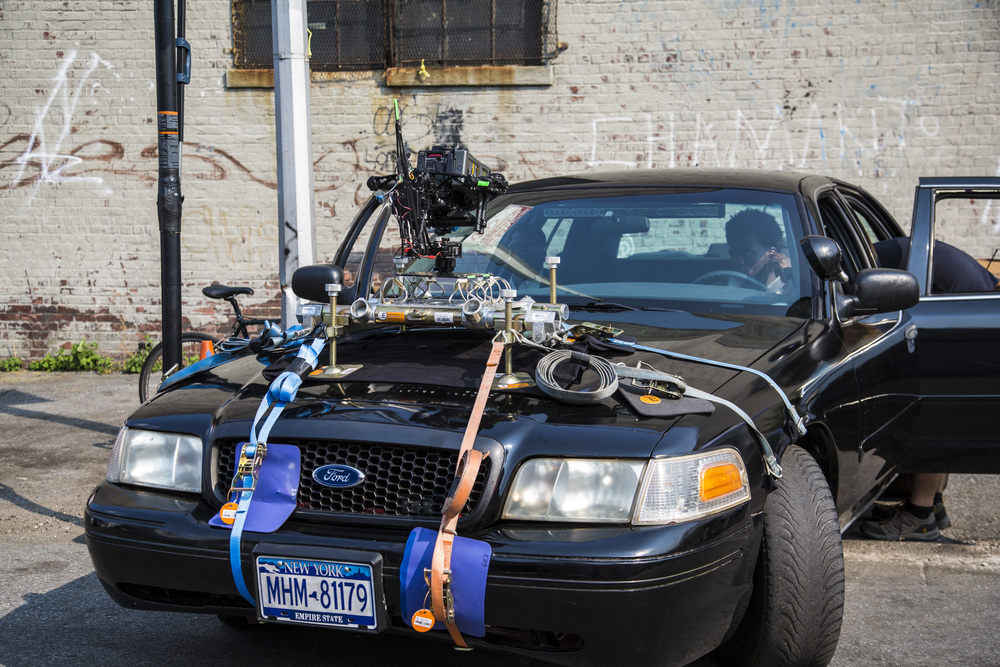
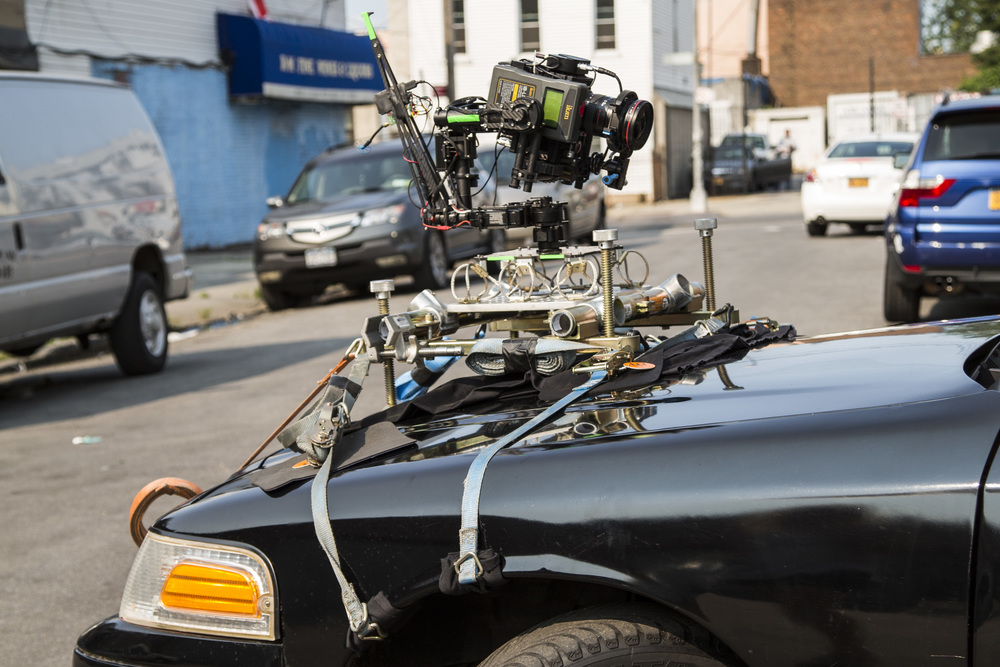


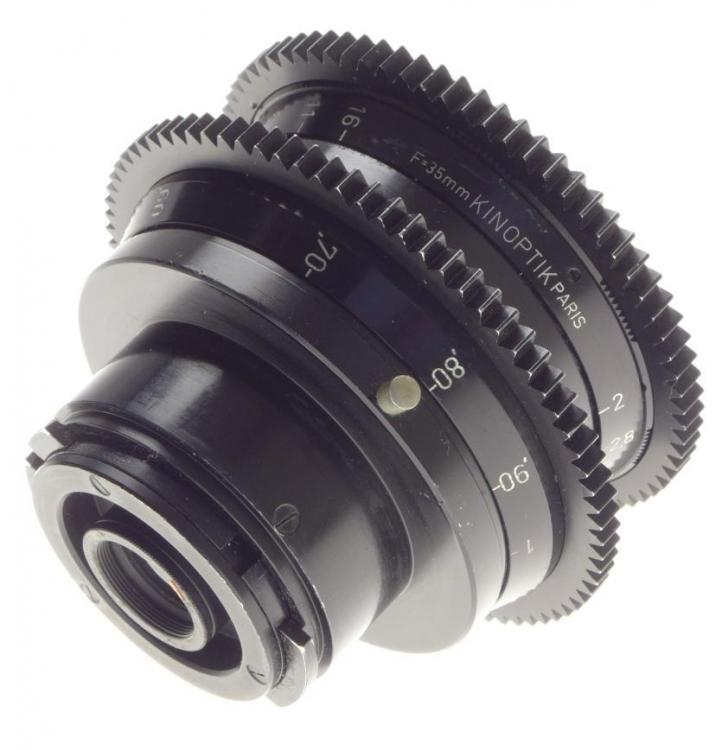
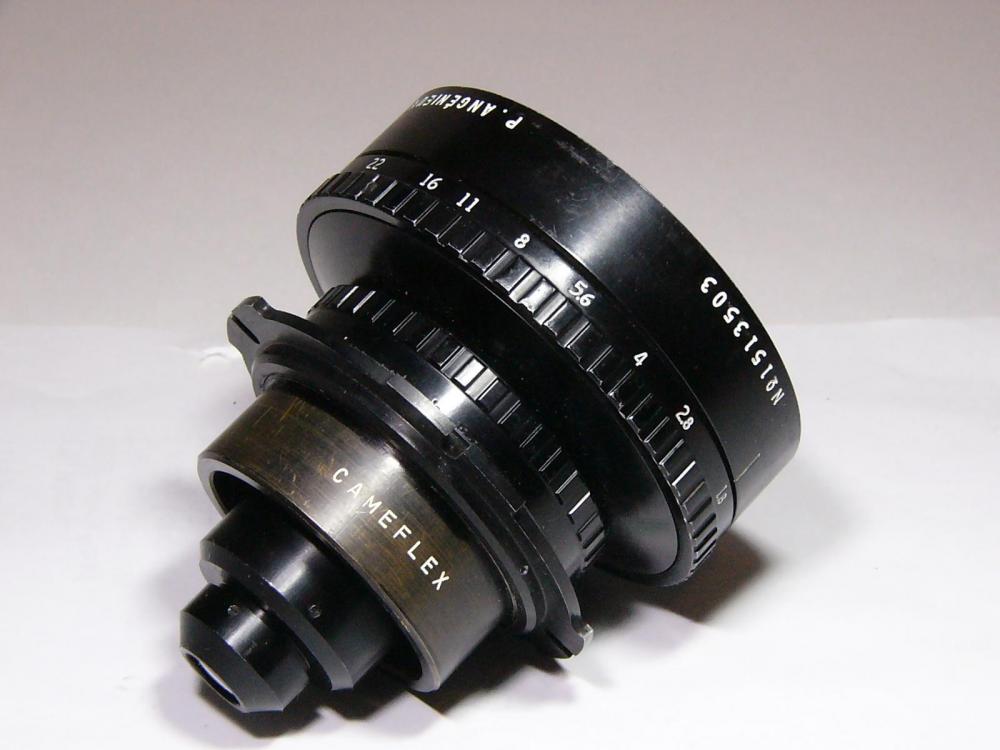
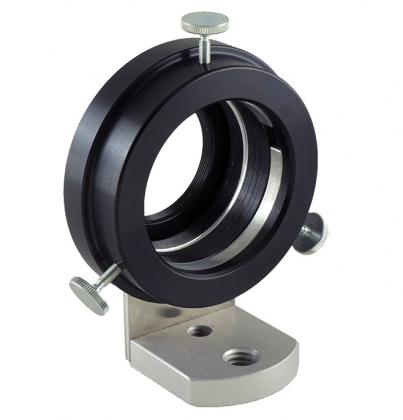
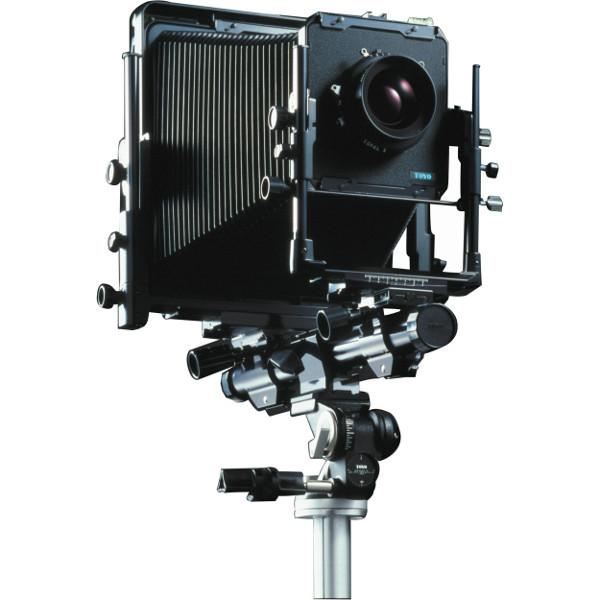
Cinemartin Fran 8K Global Shutter Camera
In: Cameras
Posted
I wonder which one of you is correct... ?
Actually, if the camera does get released, I would imagine that it would happen sometime in between your two projected times. It probably won't happen "soon," as the guy in the video announcement didn't give any prices, and also note that the images of some of the camera models are CAD renderings.
Two more camera models? That's even more ambitious than two guys producing a single camera. Somebody needs to go to the Ximea site and see if they are offering additional cameras with similar features to these two additional models.
The footage looks pretty good to me, especially the properly exposed shots showing sunlit areas juxtaposed to deep shadow areas. However, the only way to get an accurate assessment of the DR is to conduct a proper test with proper charts.
I don't see any indication of "trolling." They appear to actually be making progress. On the other hand, this recent announcement is probably premature.